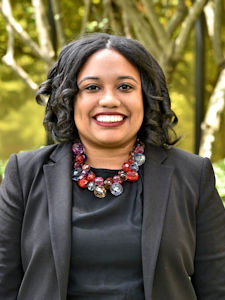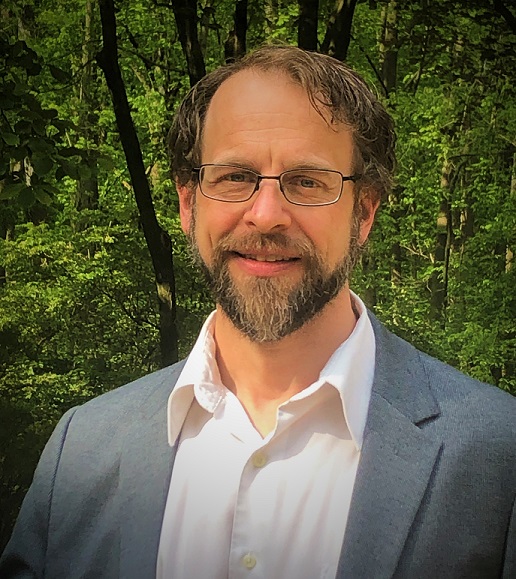Sharpe Insights talked to Sean Twomey, director of planned giving at The Wilderness Society, about his experience with Sharpe’s planned giving program assessment and its positive impact on their planned giving program. Sharpe conducted the initial assessment in 2008 and a revision in 2014—before Sean joined the staff. The Wilderness Society is also a longtime newsletter and consulting client of Sharpe Group.
Insights:
Tell me about the planned giving department at The Wilderness Society.
Sean Twomey: Our planned giving department is a small but mighty team of three. As with most organizations, the responsibilities of our team are broad. We handle everything from marketing, stewardship, developing relationships with prospects, maintaining an animated annuity program and all aspects of estate administration including litigation, if necessary, to ensure a donor’s intentions are realized. We are continuously working to build relationships and find solutions to fit the individual needs of our donors, as we know everyone’s circumstances are unique. Ultimately, our goal is to help our donors achieve their charitable goals.
Why is it important for an organization to have their planned giving program assessed?
Twomey:
There are two primary reasons for having your planned giving program assessed: perspective and scale. A third-party assessment offers a neutral perspective on your strengths and weaknesses. Although your program is being scrutinized, it’s simply a collection of observations meant to understand and summarize how a program works, illuminating the ways in which it could be more effective and more efficient.
Secondly, Sharpe Group has an extensive body of data and industry knowledge that you, as an organization, don’t have. A study of one organization or even a small group of peers does not properly capture the full scale of industry standards, best practices and trends. That’s where an assessment from an experienced third party can really help.
Insights:
Although the decision to have Sharpe conduct an assessment of The Wilderness Society’s planned giving program was made before you came on board as director, did you find the assessment useful or valuable once you started?
Twomey:
Yes, I was excited to find the assessment when I came to The Wilderness Society seven years ago. It was helpful that Sharpe’s recommendations were based on solid fundamentals and stemmed from the basic principles of how to run a planned giving program. The assessment helped us identify areas where we could get the greatest return on our resources, efforts and time.
Although the original assessment was done in 2008, we did not implement many of the recommendations until 2014. As soon as were able to implement the recommendations in a sustainable way, we immediately saw the benefits. We were able to build a more effective and efficient program.
Insights:
After implementing the recommendations, what were the results?
Twomey:
In the years surrounding the original 2008 assessment, our annual planned giving revenue hovered around $2 million per year for nine years with one exceptional year at $4 million. Since implementing and sustaining many of the recommendations from the assessment, our average annual revenue has increased significantly to over $6 million in the last five years. That means our year-to-year growth has improved by 221% over the past five years and 396% over ten years!
Insights:
What recommendations made the biggest difference?
Twomey:
There were many. The first was allocating our resources to the donors that would be the most responsive by analyzing our data to help us understand which members are likely planned gift prospects—allowing us to align our time and resources more efficiently. Most often in planned giving, we can’t set a donor’s timeline for establishing a future gift—life events and circumstances do. When they are ready, we want to be there to help them achieve their goals.
Working with Sharpe, we were reminded how important it is to be consistent in our messaging and build trust with prospects to ensure they are aware of and knowledgeable about their options. So, when they are ready and the time is right, they can put in place the gift that will be most meaningful to them and transition from a planned giving prospect to a planned giving donor.■
 Ainsley Willis is an editor, working with clients to create custom printed and digital communications. She has authored Sharpe Group blogs and is a contributor to Sharpe Insights.
Ainsley Willis is an editor, working with clients to create custom printed and digital communications. She has authored Sharpe Group blogs and is a contributor to Sharpe Insights.



